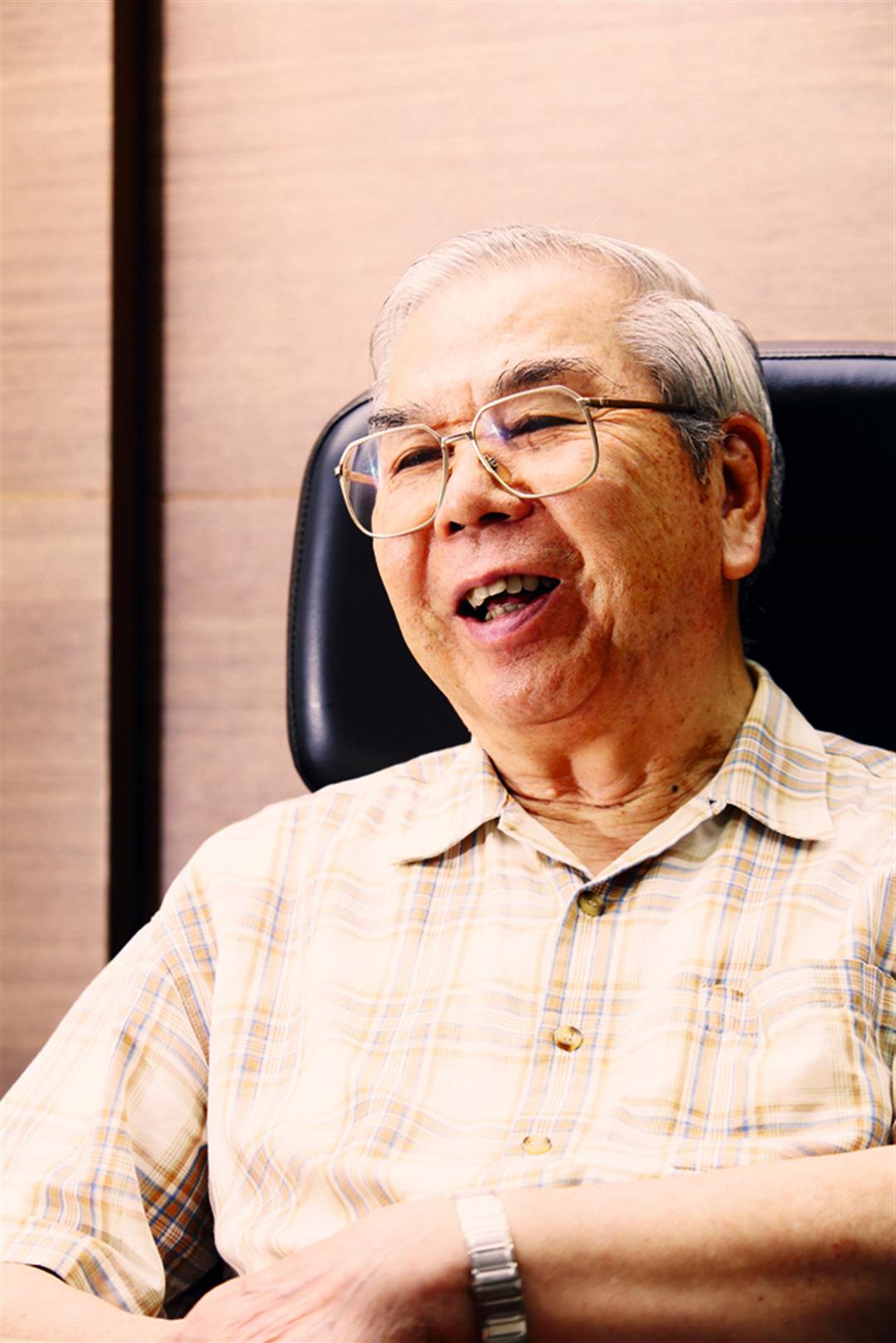Rescuing mother languages
As for Aboriginal languages, although early on there were many Bible translations by foreign missionaries, most were incomplete or used too many foreign loan words. The Bible Society has taken on the daunting task of revising those translations so that the new versions contain as few loan words as possible. That has necessitated even more emphasis on fieldwork.
An Amis translation of the old and new testaments was completed in 1997, and a revised edition came out in 2005. The process of translating it demonstrates the challenges of translating the Bible into one of Taiwan’s Aboriginal languages.
Aboriginal languages have little in the way of abstract legal, sociological or religious vocabulary. In the past, tribal elders would use Japanese to convey such concepts. Now, with more emphasis placed on sticking with the mother tongue, a variety of competing considerations must be balanced.
For instance, the concept of “righteousness” frequently appears in the Bible. For the Amis version, translators used words that are typically translated as “justness” or “fairness.” Only when they truly couldn’t find an Amis word close to the intended meaning, would they resort to foreign loan words.
Sing ’Olam, an Amis who is on the board of the Bible Society in Taiwan, argues that since young people these days have only limited abilities in their mother tongues and since many languages are rapidly disappearing, when the society discovers that translations are too far removed from the language of everyday life, revisions should be considered. Moreover, side-by-side mother-tongue and Chinese translations should be published, so as to better suit modern-day life in Taiwan.
“There are about 140 Amis churches throughout Taiwan,” says Sing ’Olam. “We encourage all of them to conduct their services in Amis. Currently, 95% of those congregations are striving to increase the use of Amis, and are thus helping the cause of reviving the mother tongue for the whole tribe.”

Rev. Weng Hsiu-kung, the chairman of the Bible Society in Taiwan, has played a key role in pushing Bible translations here.